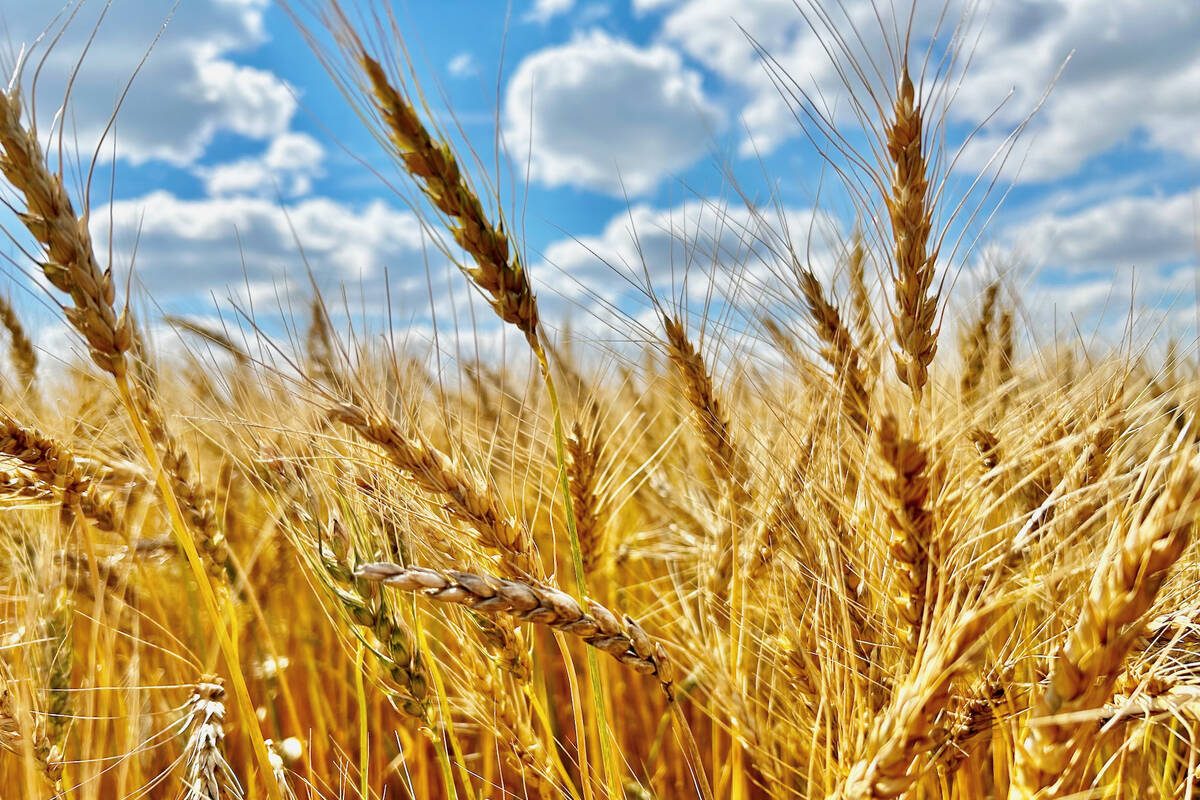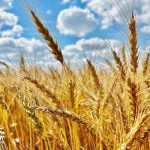Chicago | Reuters — Chicago Mercantile Exchange lean hog futures rose for a third consecutive session on Tuesday as the market continued to recover from oversold conditions, traders said.
Live cattle and feeder cattle futures ended lower.
Short-covering helped propel hog futures higher following recent declines, said Matt Wiegand, commodity broker for FuturesOne. The market last week fell to its lowest prices since January.
“We got oversold to the bottom side,” Wiegand said.
CME June lean hogs ended up 1.325 cents at 105.15 cents/lb. (all figures US$). July lean hogs finished 2.95 cents higher at 107.75 cents/lb. Both contracts touched their highest prices since May 6.
Read Also

Expana lifts EU cereal forecasts, maize exceeds expectations
Expana has raised its monthly grain production forecast for European Union crops for the 2025/26 season, projecting soft wheat output will hit a record high and barley a 17-year high.
Demand for hogs from pork processors helped support the gains, Wiegand said.
Meatpackers slaughtered an estimated 477,000 hogs, up from 467,000 hogs a year ago, according to the U.S. Department of Agriculture. Packers slaughtered an estimated 125,000 cattle, compared with 120,000 a year ago.
In other news, China will buy 40,000 tonnes of local frozen pork for its state reserves on May 20, according to a notice on the website of the reserves management centre. The country, which is the world’s top pork consumer and producer, is buying supplies to support prices.
In CME cattle markets, nearby June live cattle futures sagged 0.175 cent to close at 133 cents/lb. Most-active August live cattle lost 0.425 cent to end at 133.475 cents/lb.
August feeder cattle ended down 0.65 cent at 166.775 cents/lb. High prices for corn, used to feed livestock, continue to hang over the market, traders said.
“There’s just not a lot of buying enthusiasm,” Wiegand said.
— Tom Polansek reports on agriculture and ag commodities for Reuters from Chicago.
















